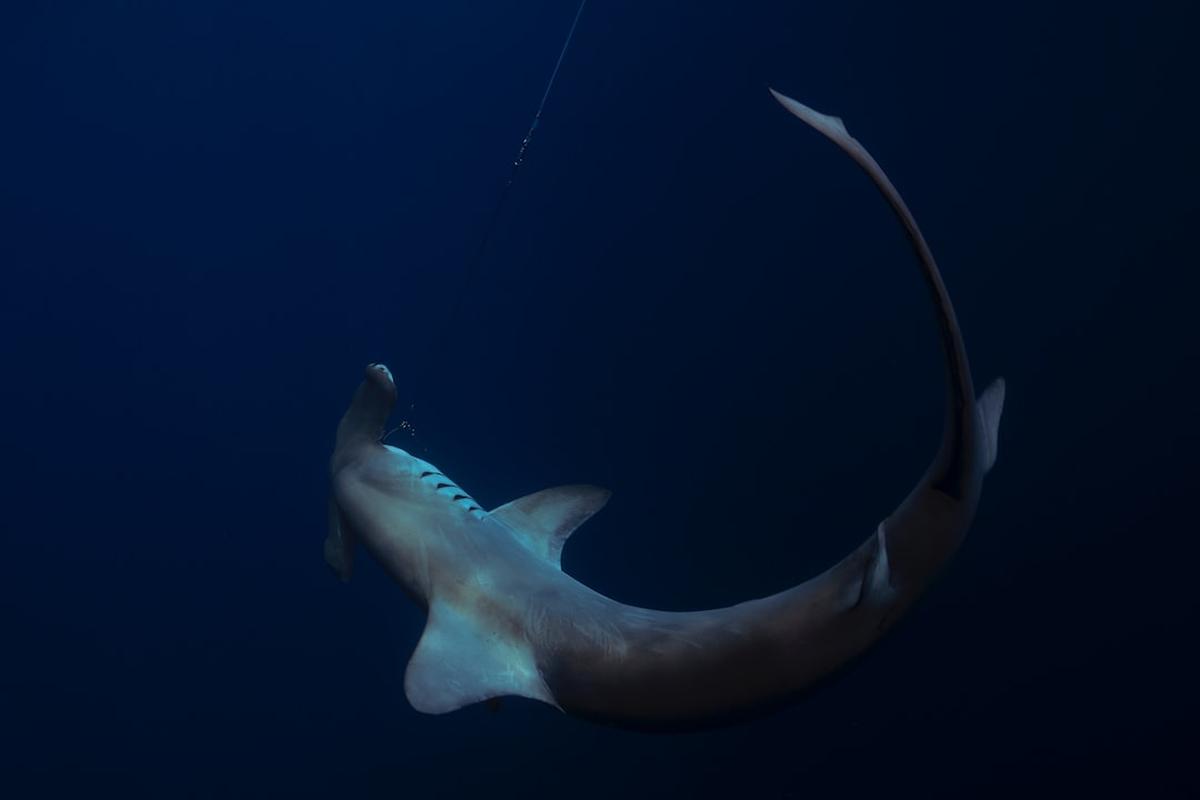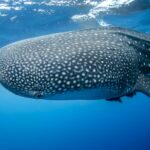Brief Overview of Galapagos Sharks
The Galapagos shark, scientifically known as Carcharhinus galapagensis, is a species of requiem shark, often found in warm, tropical waters. Named after the Galapagos Islands where they were first discovered, these sharks are known for their robust build, long snouts, and their curious, bold behavior. However, like many of their kin, Galapagos sharks are often misunderstood and feared, largely due to the prevailing misconceptions about sharks and their interactions with humans.
Common Misconceptions about Sharks and Human Interactions
Sharks have long been portrayed as man-eating beasts, thanks to sensationalized media portrayals and popular culture. This has led to a widespread belief that sharks, including the Galapagos shark, are a significant threat to humans. However, the reality is far from this common perception, as we will explore in this article.
Understanding the Galapagos Shark
Habitat and Distribution
Galapagos sharks are found predominantly in the Pacific Ocean, particularly around oceanic islands. While they are named after the Galapagos Islands, their distribution is not limited to this region. They have been spotted in various locations around the world, including near Hawaii, Bermuda, and off the coast of Brazil.
Physical Characteristics and Behavior
Galapagos sharks are known for their large size, with adults typically reaching lengths of 10 feet. They have a robust body, a broad and rounded snout, and a distinctive ridge running between their dorsal fins. As for their behavior, Galapagos sharks are known to be bold and curious, often approaching divers and boats. However, this should not be mistaken for aggression.
Diet and Feeding Habits
Galapagos sharks are apex predators, feeding primarily on bottom-dwelling fish and cephalopods. They are also known to eat smaller sharks, including their own species. Despite their carnivorous diet, humans are not a part of their natural food source.
The Galapagos Shark and Human Interactions
Recorded Incidents of Galapagos Shark Attacks
According to the International Shark Attack File, there have been very few confirmed attacks by Galapagos sharks on humans. The majority of these incidents were non-fatal and often resulted from provocation or mistaken identity.
Factors Contributing to Shark Attacks
Most shark attacks on humans are a result of mistaken identity, where the shark confuses a human for its usual prey. Other factors contributing to shark attacks include provocation, territorial defense, and competition for food.
Debunking the Man-Eater Myth
Analysis of Shark Attack Data
When we analyze the data on shark attacks, it becomes clear that the threat posed by sharks, including the Galapagos shark, is greatly exaggerated. According to the International Shark Attack File, you are more likely to be struck by lightning or injured by a dog than to be attacked by a shark.
The Role of Media in Perpetuating the Man-Eater Myth
The media has played a significant role in perpetuating the myth of sharks as man-eaters. Sensationalized news reports and movies like “Jaws” have painted a terrifying image of sharks, which is far from reality. In truth, sharks are not mindless killers but complex creatures with important roles in the ecosystem.
Sharks’ Role in the Ecosystem
Importance of Sharks in Marine Ecosystems
Sharks, including the Galapagos shark, play a crucial role in maintaining the balance of marine ecosystems. As apex predators, they help control the population of other marine species, preventing any single species from dominating the ecosystem.
Impact of Sharks on Tourism in the Galapagos
Contrary to popular belief, sharks are a major draw for tourists in the Galapagos. Many visitors come to the islands specifically to dive with these magnificent creatures, contributing significantly to the local economy.
Human Impact on Galapagos Sharks
Threats Posed by Humans to Galapagos Sharks
Despite the fear they inspire, sharks are more threatened by humans than the other way around. Overfishing, habitat destruction, and climate change are some of the major threats facing Galapagos sharks today.
Conservation Efforts to Protect Galapagos Sharks
Various conservation efforts are underway to protect Galapagos sharks. These include establishing marine protected areas, implementing fishing regulations, and raising public awareness about the importance of sharks in the ecosystem.
How to Safely Interact with Galapagos Sharks
Guidelines for Divers and Swimmers
While Galapagos sharks are generally not a threat to humans, it’s important to respect them as wild animals. Divers and swimmers are advised to maintain a safe distance, avoid sudden movements, and never attempt to touch or feed the sharks.
Measures to Avoid Unwanted Shark Encounters
If you wish to avoid encounters with sharks, avoid swimming at dawn or dusk when sharks are most active. Also, avoid areas with high concentrations of their prey, and never enter the water if you are bleeding, as sharks are attracted to the scent of blood.
Conclusion
Recap of the Galapagos Shark’s Nature and Interaction with Humans
In conclusion, the Galapagos shark, like many other shark species, is greatly misunderstood. While they are indeed formidable predators, they are not the man-eaters they are often made out to be. The few incidents of shark attacks on humans are often a result of mistaken identity or provocation, rather than predatory behavior.
Final Thoughts on the Man-Eater Myth
The myth of the man-eating shark has been perpetuated by sensationalized media portrayals and a lack of understanding about these magnificent creatures. It’s time to set the record straight and recognize sharks for what they truly are: vital components of our marine ecosystems, deserving of our respect and protection.
Frequently Asked Questions
Are Galapagos sharks dangerous to humans?
While Galapagos sharks are large and powerful predators, they are not typically a threat to humans. Most incidents of shark attacks on humans are a result of mistaken identity or provocation.
What do Galapagos sharks eat?
Galapagos sharks feed primarily on bottom-dwelling fish and cephalopods. They are also known to eat smaller sharks, including their own species.
Where can Galapagos sharks be found?
While they are named after the Galapagos Islands, Galapagos sharks can be found in various locations around the world, including near Hawaii, Bermuda, and off the coast of Brazil.
How can I safely interact with Galapagos sharks?
If you encounter a Galapagos shark while diving or swimming, maintain a safe distance, avoid sudden movements, and never attempt to touch or feed the shark.
What threats do Galapagos sharks face?
Galapagos sharks face several threats, including overfishing, habitat destruction, and climate change.
What are some conservation efforts to protect Galapagos sharks?
Conservation efforts to protect Galapagos sharks include establishing marine protected areas, implementing fishing regulations, and raising public awareness about the importance of sharks in the ecosystem.
References:
- Compagno, L.J.V. (1984). Sharks of the World: An Annotated and Illustrated Catalogue of Shark Species Known to Date. Rome: Food and Agricultural Organization.
- Martin, R.A. (2003). A review of shark agonistic displays: comparison of display features and implications for shark-human interactions. Marine and Freshwater Behaviour and Physiology, 36(1), 129-148.
- Ritter, E., & Levine, M. (2004). Use of forensic analysis to better understand shark attack behaviour. Journal of Forensic Odonto-Stomatology, 22(2), 40-46.
- Ward-Paige, C.A., Mora, C., Lotze, H.K., Pattengill-Semmens, C., McClenachan, L., Arias-Castro, E., & Myers, R.A. (2010). Large-Scale Absence of Sharks on Reefs in the Greater-Caribbean: A Footprint of Human Pressures. PLoS ONE, 5(8), e11968.








